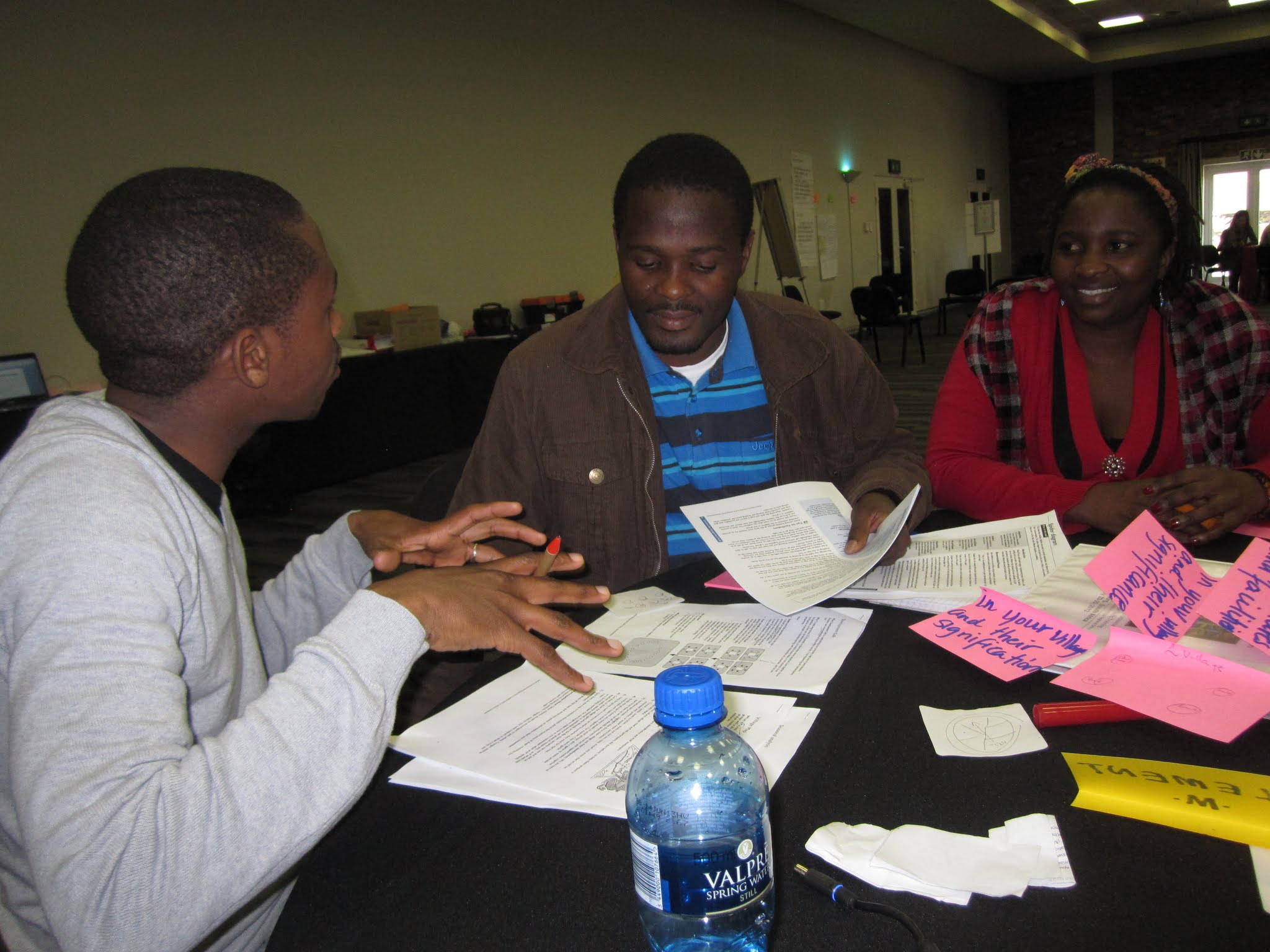Feb 24, 2014

There is a good reason why board members are not standing in line to be the chair – it is hard work! Below are some tips to help you in this challenging role. It is often true that the stronger the board chair, the stronger the board.
*These tips have been written for not-for-profit boards. However, much is also true for other boards.
(This is the second in a three-part series on boards of directors. See the first post: 10 Tips for Being an Effective Board Member.)
- Be prepared. You are the person who holds everything: the agenda and knowing what needs to get done, the action items, the issues-at-hand, the board calendar, the work plan and goals, as well as the health of the board. It’s a lot, so stay organized (email and files) and take time to plan, read, and prepare.
- Send the agenda and all supporting documents out well in advance of each meeting. Just as it is important for you to know what needs to be accomplished and have read everything to do so, it is critical that all the board members are prepared. To do this they need time before the meeting to read required materials and consider what issues/ concerns/ questions they wish to raise in the meeting.
- Be punctual and manage time well. Ideally you want to be at each board meeting before everyone else. Doing this will allow you to greet everyone, check-in with individuals if needed, and be ready to start on time. Also, time management is essential for the flow and energy of a meeting. It is your job to move things along when the group is blocked, intervene when the group gets sidetracked, and give the appropriate amount of time for each agenda item. You may decide to take an entire hour for 1 agenda item – but be transparent about reasons for this!
- Invite input on the agenda. As chair of the board, you are responsible for drafting the agenda, considering all you know about the issues-at-hand, board goals and work plan, as well as action items. However, meeting with the ED/President to hear what he/she also needs on the agenda, as well as asking board members for input before the meeting, is a helpful practice. This can help foster respect and trust on the board.
- Be affirming and respectful. You help set the mood and pace of meetings, as well as influence how motivated individuals and teams feel. Affirm tough questions, good ideas, and challenging dialogue – they are all important. Stay professional, and select your words carefully – feeling respected and safe will foster open honest dialogue.
- Stay humble. Remember this is not “your show”, but you are part of a team. Sometimes you can feel the “power” of the role… But this can be dangerous. The Board of Directors has nominated you to lead them to successfully complete the organization’s vision, mission, goals, work plan, and agenda; not yours.
- Ensure all voices are heard and invited. Sadly, one’s gender, status, ethnicity, or age may at times be used to determine how much one’s voice is invited into a meeting or heard. As chair it is your responsibility to work against this inequality. You need to ensure all voices are heard, invited, and included in a discussion and during question time. It is true that some people don’t feel the same need to talk as others. Some cultures value the tradition of being approached for their views. You may wish to call on people to hear what they think.
- Be transparent and honest. Whether you want to spend a lot of time on one challenging agenda item, are only going to invite certain voices into a discussion, or want to offer a summary of what was discussed, it is helpful to be transparent about why you are doing something at a particular time – especially when it is something out of the ordinary. Being transparent about process can help minimize confusion and suspicion, and maximize safety and respect, which leads to sound decision-making.
- Listen carefully. During a meeting there may be signs of discontent, confusion, worry, or frustration – you need to listen for these and address them as they arise. During a meeting there may also be opportunities for rest/ pause, celebration, acknowledgement, or action – you need to notice these too and respond appropriately. Remember: The less you talk, the better you can listen.
- Plan for and welcome dissent. When people push back, ask tough questions, or voice disagreement, you know they are really thinking about the topic. This is great! Thank people for their thoughts and opinions, and be careful where you encourage more clarity and dialogue and where you need to leave an issue for further discussion to another time.
What tips do you have from your own experience? Share them in the comments section below.
(Want to make your board meetings more engaging and productive? Join us for an upcoming SURE-Fire Meetings 2-Day Workshop!)



